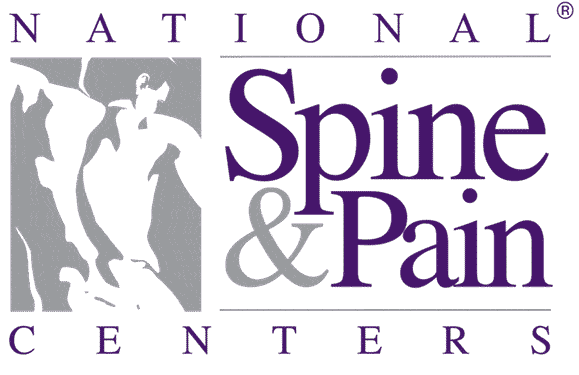Prolotherapy is the name some people use for a type of medical intervention in musculoskeletal pain thatcauses a proliferation of collagen fibers such as those found in ligaments and tendons, as well as a shortening of those fibers. The “prolo” in Prolotherapy, therefore, comes from proliferative.
Other therapists have referred to this type of treatment as Sclerotherapy. “Sclera” comes from the Greek word “sklera”, which means hard. Sclerotherapy, therefore, refers to the same type of medical intervention which produces a hardening of the tissues treated – just as described above in the proliferation of collagen fibers.
Not many physicians are aware of Prolotherapy, and even fewer are adept at this form of treatment. One wonders why that is so. In my opinion, it is because medical folks are skeptical and Prolotherapy, unless you have tried it and proven its worth, seems to be too easy a solution to a series of complicated problems that afflict the human body and have been notoriously difficult to treat by any other method. Another reason is the simplicity of the therapy: Injecting an irritant solution, which may be something as simple as glucose, at the junction of a ligament with a bone to produce the rather dramatic therapeutic benefits that follow.
Another very practical reason is that many insurance companies do not pay for Prolotherapy, largely because their medical advisors do not understand it, have not practiced it, and therefore do not recommend it. Finally, Prolotherapy seems too simple a procedure for a very complicated series of musculoskeletal problems which affect huge numbers of patients. The reason why I consented to write the preface to this book is because I have been a patient who has benefitted from Prolotherapy. Having been so remarkably relieved of my chronic disabling pain, I began to use it on some of my patients – but more on that later.
When I was 40 years old, I was diagnosed in two separate neurological clinics as having intractable (incurable) pain. My comment was that I was too young to have intractable pain. It was by chance that I learned that Gustav A. Hemwall, M.D., a practitioner in the suburbs of Chicago, was an expert in Prolotherapy. When I asked him if he could cure my pain, he asked me to describe it. When I had done the best that I could, he replied., “There is no such pain. Do you mean a pain?” And then he continued to describe my pain much better than I could. When I said, “That’s it exactly,” he said, “I can fix you.” To make a long story short, my intractable pain was not intractable and I was remarkably improved to the point where my pain ceased to be a problem. Much milder recurrences of that pain over the next 20 years were retreated the same way with equally beneficial results.
I was so impressed with what Dr. Hemwall had done for me that on several occasions, just to satisfy my curiosity, I watched him work in his clinic and witnessed the unbelievable variety of musculoskeletal problems he was able to treat successfully. Many of his patients were people who had been treated for years by all sorts of methods, including major surgery, some of which had left them worse off than they were before. Many of his patients had the lack of confidence in further treatment and the low expectations that folks inflicted with chronic pain frequently exhibit. Yet I saw so many of them cured that I could not help but become a “believer” in Prolotherapy.
I was a pediatric surgeon, and there are not many times when Prolotherapy is needed in children because they just don’t suffer from the same relaxation of musculoskeletal connections that are so amenable to treatment by Prolotherapy. But I noticed frequently that the parents of my patients were having difficulty getting into their coats, or they walked with a limp, or they favored an arm. I would ask what the problem was and then, if it seemed suitable, offer my services in Prolotherapy at no expense, feeling that I was a pediatric surgeon and this was really not my line of work. The results I saw in those many patients were just as remarkable as was the relief I had received in the hands of Dr. Hemwall. I was so impressed with what Prolotherapy could do for musculoskeletal disease that I, at one time, thought that might be the way I would spend my years after formal retirement from the University of Pennsylvania. But the call of President Reagan to be Surgeon General of the United States interrupted any such plans.
The reader may wonder why, in spite of what I have said and what this book contains, there are still so many skeptics about Prolotherapy. I think it has to be admitted that those in the medical profession, once they have departed from their formal training and have established themselves in practice, are not the most open to innovative and new ideas.
Prolotherapy is not a cure-all for all pain. Therefore, the diagnosis must be made accurately and the therapy must be done by someone who knows what he or she is doing. The nice thing about prolotherapy, if properly done, is that it cannot do any harm. How could placing a little sugar-water at the junction of a ligament with a bone be harmful to a patient?
C. Everett Koop, M.D., ScD
Former United States Surgeon General
Reprinted Excerpts from Prolo Your Pain Away
by Dr. Ross Hauser
For Information and Appointments Call: 703-337-3305
